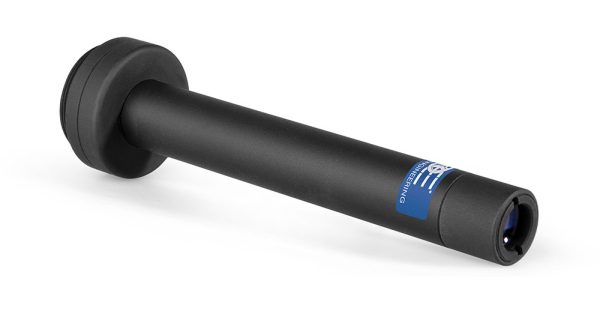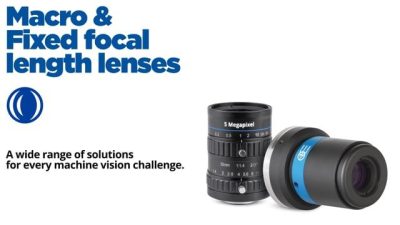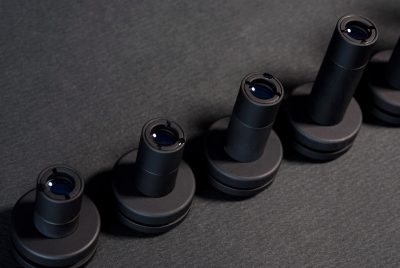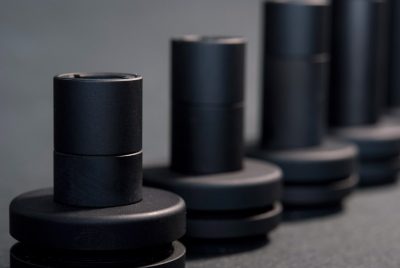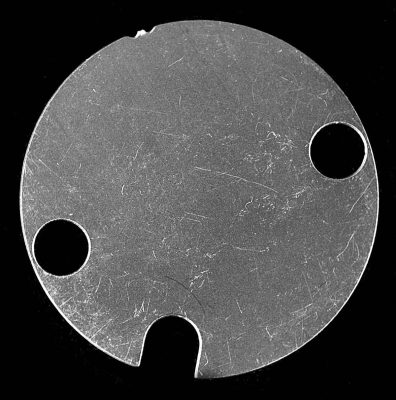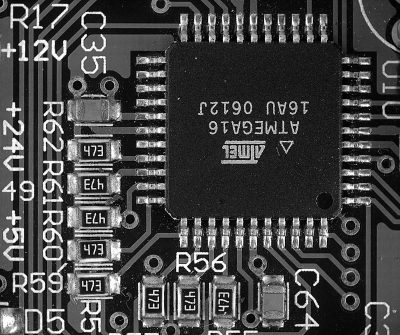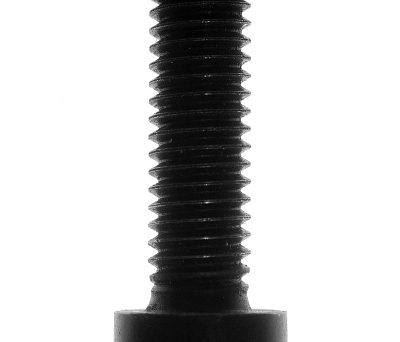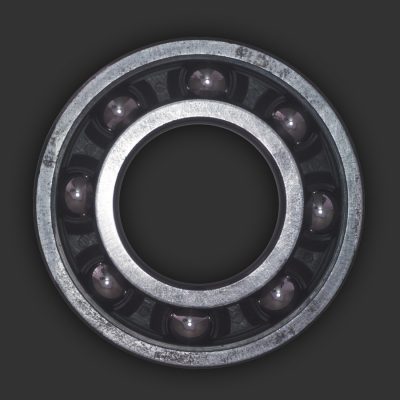MC series
Nearly zero distortion macro lenses for sensors up to 2/3”
New 0.10x, 0.20x, 0.40x, 4.00x, 5.00x and 6.00x models are available.
Key advantages
- Nearly zero distortion*
Suitable for any measurement application where telecentricity is not required - High resolution
MC Series has been specifically designed to work in "macro" configuration - Compactness
MC Series small outer diameter (15 mm) fits those applications where only little room for optical components is available
* Image distortion is the percent deviation of the real image acquired by the optics compared to an ideal, undistorted image. Our macro lenses feature "Nearly Zero Distortion", which means that although perfection is hardly reachable, the maximum distortion is designed to be as close to zero as possible.
MC series macro lenses are designed to capture images of small objects when both very good resolution and nearly zero distortion are needed.
Small object fields of view are often observed by means of long focal length lenses equipped with an additional spacer, used to adjust the working distance.
Unfortunately, this approach leads to several problems like high image distortion, resolution loss (especially at the corners), poor depth of field and chromatic effects, thus making this method not suitable for good imaging neither compatible with accurate measurement requirements.
All these problems can be overcome by using the MC lenses, specifically designed for macro imaging. MC optics are compact and cost-effective optics providing very high image resolution. A very low optical distortion makes these lenses perfectly suitable for precise dimensional measurement applications.
Notes
- Working distance: distance between the front end of the mechanics and the object. Set this distance within ±3% of the nominal value for maximum resolution and minimum distortion.
- Working f-number (wf/N): the real f-number of a lens in operating conditions.
- Percent deviation of the real image compared to an ideal, undistorted image.
- At the borders of the field depth the image can be still used for measurement but, to get a very sharp image, only half of the nominal field depth should be considered. Pixel size used for calculation is 3.45 μm.
- Object side, calculated with the Rayleigh criterion with λ= 520 nm
- Measured from the front end of the mechanics to the camera flange.

